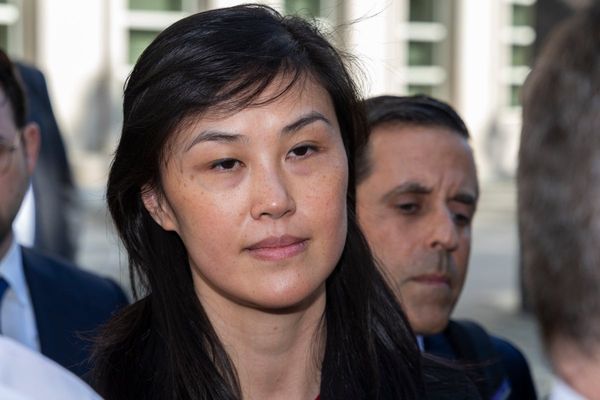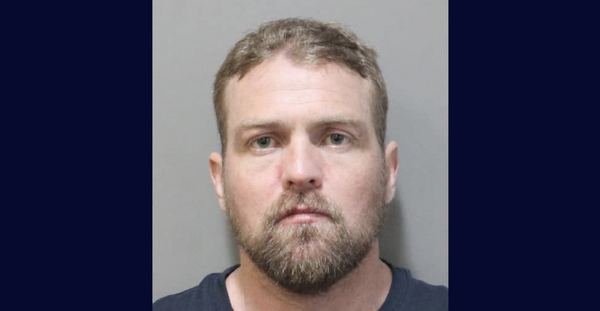TAMPA, Fla. — Anna Rebecca Wyche was a freed enslaved woman, mother, cook and businesswoman.
She was also among those buried in Tampa’s Zion Cemetery, the segregation-era Black burial ground that was erased and then built on.
“I must humanize her,” said Jeraldine Williams, Wyche’s great-great-granddaughter. “She has to be more than a box of bones that was discarded.”
On Thursday, Williams held a service for Wyche on Zion land.
It was first funeral there since Zion was erased nearly a century ago.
Around 60 people — led by a Tampa police motorcycle escort from Williams’ Ybor City home — attended the funeral held in the parking lot and courtyard of one of the five Robles Park Village apartment buildings, which were vacated after the Tampa Housing Authority learned they were erected on top of a portion of Zion. The rest of the 2 ½ acre Zion is covered by warehouses and a tow lot, all on the 3700 block of N. Florida Avenue.
Flowers and an altar were placed on a spot where ground-penetrating radar confirmed graves.
It was a way to commemorate “all the others at Zion who were also disrespected,” Williams said.
Upbeat jazz music opened the service that was presided over by Donald Dowridge, serving as a griot, which is a West African storyteller.
Against the backdrop of a fence that the Housing Authority has covered with a decorative screen telling the story of and the names of those buried in Zion, Dowridge spoke about the cemetery’s history and Wyche’s life.
The desecration of her grave “was an assault and an insult,” he said during the service.
An emotional Williams later added during the service, “It hurts and it’s painful.”
Zion was founded in around 1901 in the historic Black community of Robles Pond and became the final resting place for as many as 1,000 people.
In December 1923, a Tampa newspaper called Zion Cemetery one of the city’s “most prominent and greatly used burial places.”
Around a decade later, the headstones were removed but the bodies remained.
Buildings were erected over top the graves and Zion was ignored and forgotten until 2019, when archaeologists went looking for graves in response to a Tampa Bay Times article questioning whether the cemetery was still there.
Six months ago, while researching her ancestry, Williams learned that her great-great maternal grandmother was among them.
“I saw the death record and was in shock,” she said. “I told myself that I needed to learn more about her. So, I put my reporting skills to work.”
Finding Anna
Wyche was born into slavery in Alabama in 1839, according to Williams, 76, a former newspaper reporter and the first Black graduate of the School of Journalism at the University of Florida.
By 1900, Wyche had nine children and was living in Cherry Lake, Fla., Williams said. A census classified Wyche and her children as “mulatto,” which means “her mother was likely a mulatto child of an African mother and her Welch slave master.”
She was married to Frederick Wyche and widowed by 1910, when she moved to Tampa and lived with grandchildren at 108 Newcomb St., Williams said.
News archives report that Newcomb Street was in the Scrub, a historic Black neighborhood that was on the outskirts of downtown.
Wyche could read and write, according to the 1910 census, Williams said, and she was “industrious because she rented a room to a boarder.” And, at some point in her life, Wyche was a cook, “probably in the big house on the plantation.”
She died on March 30, 1912, at 73.
“That’s a longtime for someone who endured being enslaved to live,” Williams said.
Williams wonders if Wyche had a funeral or a headstone when she was buried in Zion on April 1, 1912.
“I believe she was a pauper,” she said. “Could they afford a service? If not, I hope she’s happy that she’s getting one now.”
During the funeral’s opening moments, Williams walked through the parking lot where Tampa’s pioneering Black residents, possibly her great-great-grandmother, are still buried, and read Maya Angelou’s "Still I Rise."
“Out of the huts of history’s shame, I rise up,” she recited. “From a past that’s rooted in pain, I rise.”
____







